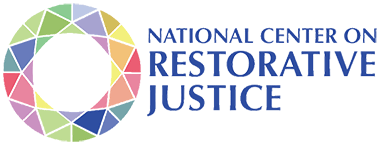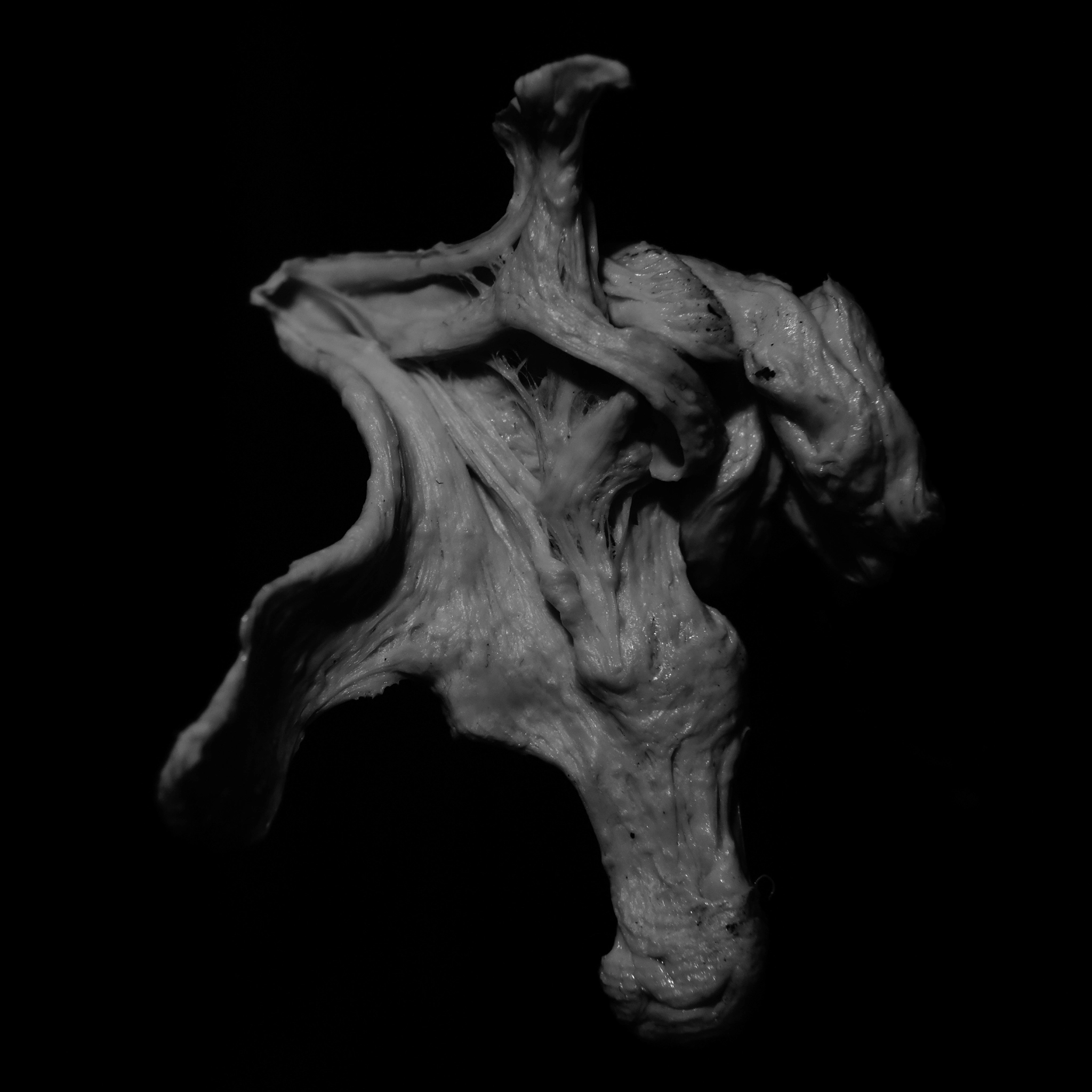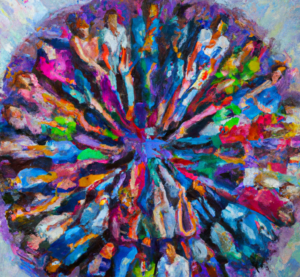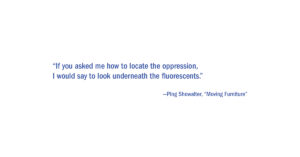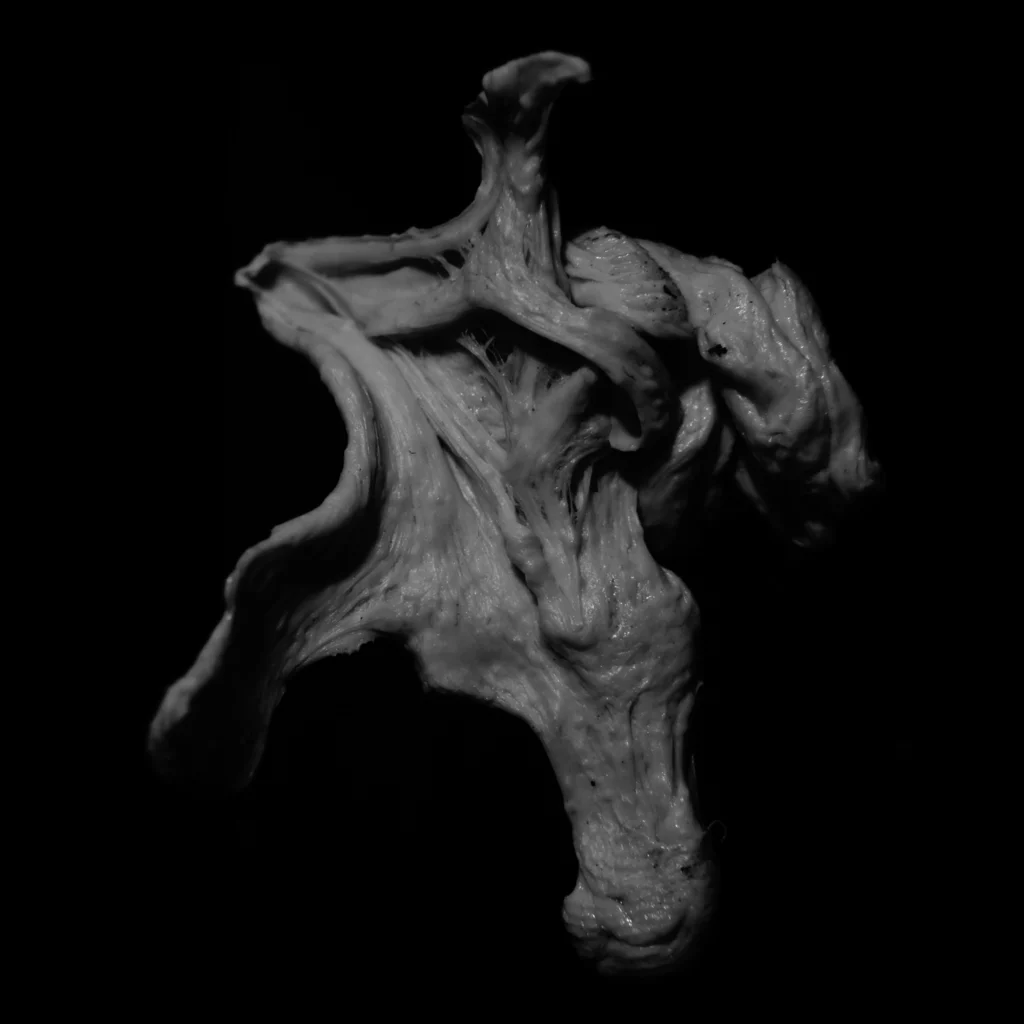
ARTIST STATEMENT
Universal Declaration of Human Rights.
Article 5: No one shall be subjected to torture or to cruel, inhuman or degrading treatment or punishment.
Torture usually takes place in the shadows. In fact, many governments spend more effort denying or covering up torture than thoroughly investigating complaints.
Every day the consequences of the war on terror, of the war waged by governments against drug trafficking … and against enemies who question their legitimacy, are becoming more widely known. Right now, an innocent person is suffering electric shocks, hanging in an awkward position, being beaten or losing consciousness after being submerged in water. If we want to drive away this ghost, we cannot make torture relative.
We usually associate torture with totalitarian, dictatorial regimes. Where democracy has arrived, we assume that it no longer exists, but the reality is different. The most emblematic cases in recent years were the cases of torture in the Abu Ghraib prison in Iraq and Guantanamo Bay in Cuba, where US troops systematically tortured prisoners under the guise of defending US national security.
The idea of taking a series of photographs representing torture in an abstract way arose after reading the judicial file on sixteen people accused of the kidnapping and subsequent murder of a prestigious Colombian lady and politician before a judge of the Republic of Colombia in 1982 Eight captured people testify and describe how and why they were tortured by the Colombian army to confess the crime they did not commit. For months I was reflecting and investigating how torture could be represented through photography. Experiment with various materials, textures, images, shapes, colors, and lights. I finally found that a chewing gum could very well represent what I wanted to represent. The pain in torture.
Through this photograph, it is intended that torture is a subject for collective reflection, broadening the circle of those interested in this issue, including the victims, those responsible, the states and society. I want the audience to feel empathy towards the tortured people and to carry out acts of reparation and non-repetition of this abominable act that violates Human Rights.
Much of my professional and artistic work has focused on the defense of Human Rights. My connection to Restorative Justice is due to the fact that my brother is one of the people wrongly accused of the aforementioned kidnapping and murder. Thirty-nine years have passed and my brother along with the fifteen other people have not been repaired for this false accusation and because eight of the sixteen people were tortured and have not yet been repaired.
